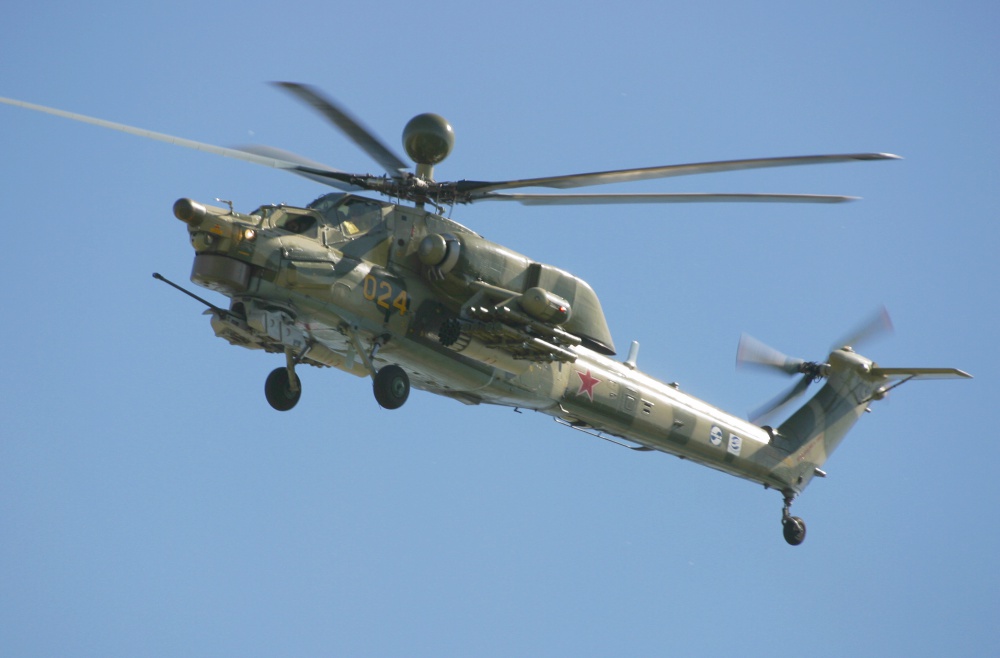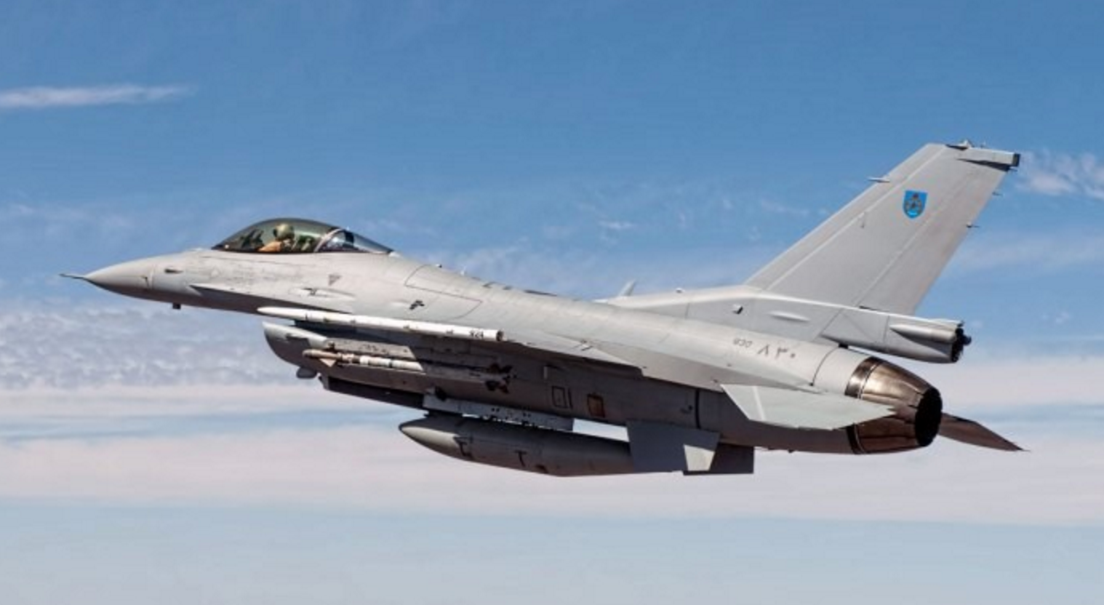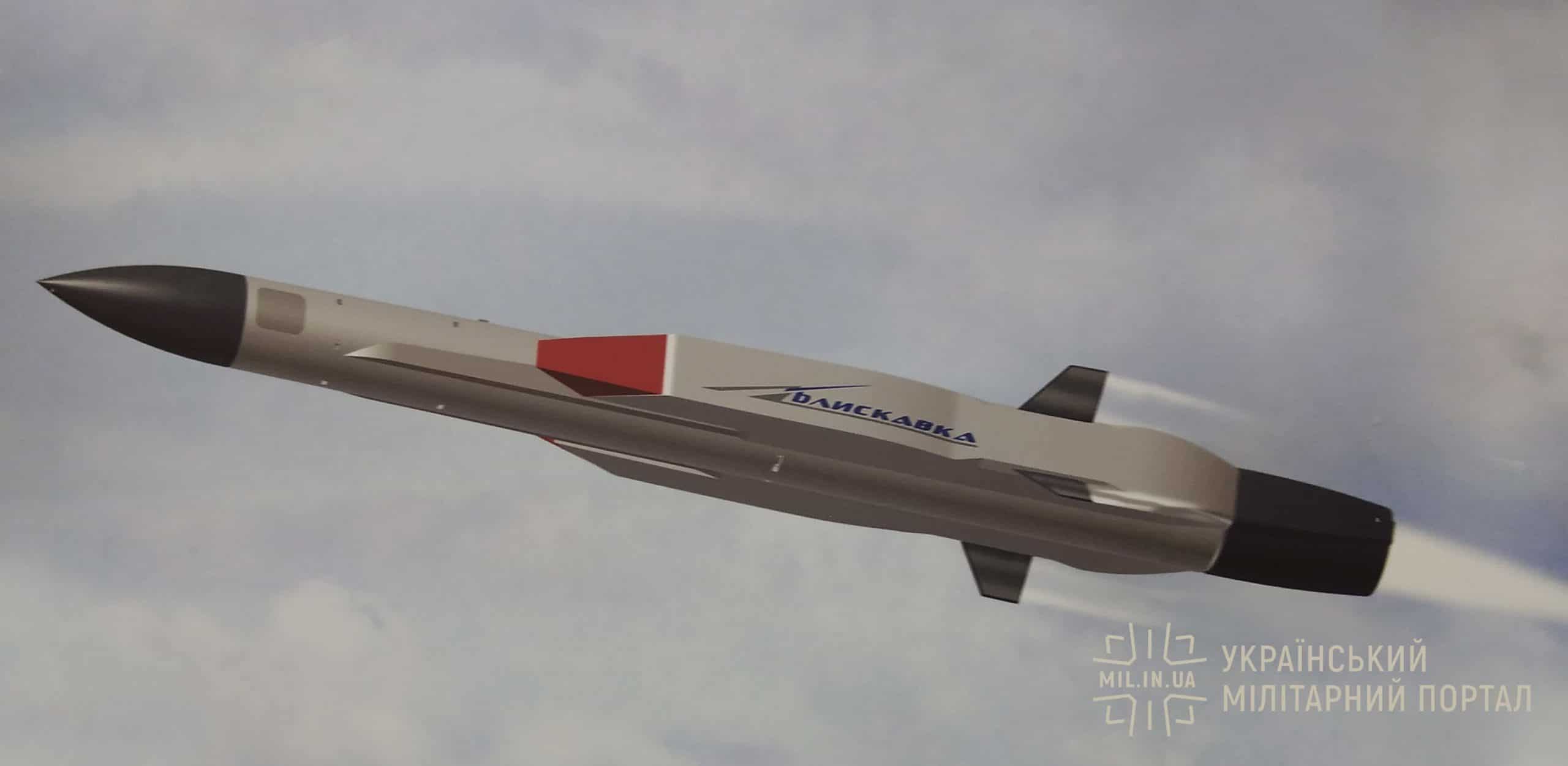29Views 52Comments

Pakistan is engaging Russia for helicopters, tanks, and SAMs
While attending the fifth Moscow Conference on International Security, Khawaja Muhammad Asif – Pakistan’s Minister of Defence – told Sputnik News that Pakistan was “in touch with Russia on different types of weapons such as helicopters … air defense system and advanced tanks.”
This was the first official acknowledgment from Pakistan’s end that efforts were being made to acquire big-ticket defence items from Russia. Although Khawaja Asif did not offer specifics into the systems being sought, leading media outlets – such as IHS Jane’s – reported that Pakistan was seeking the Sukhoi Su-35, the Mil Mi-28NE, and RD-33MK turbofans for the JF-17. Seeing Asif add tanks and air defence equipment into the mix indicates that Pakistan is looking to procure a wide range of equipment, not just aircraft.
While it is easy to analyze how the acquisition of certain equipment (such as the Su-35) could benefit the Pakistani armed forces, it is important to recognize that Defence Minister Asif’s statements clearly indicate that Pakistan’s defence ties with Russia are still in their early stages. Much less negotiating the sale of specific weapons, it seems Russia and Pakistan are at the basic stage of ascertaining exactly what could be on the table between the two countries.
There is no denying that India is a massive and influential customer of Russia’s equipment, but it seems Russia is willing to gradually engage Pakistan, so as to secure what may be (at least one day) a lucrative customer in its own right. That said, India’s current weight (which might dilute in the coming years as it pivots towards Western equipment and its own domestic defence industry) is a real influence, and that could limit Pakistan’s short and medium-term options in Russia.
For now, the ‘table’ seems to gravitate towards equipment Russia believes it can sell on the grounds of supporting Pakistan’s counterinsurgency (COIN) and counterterrorism efforts. If serious hardware talks are underway, they will likely focus on equipment such as helicopters and armoured vehicles – i.e. goods that Russia and Pakistan can cover as necessities for COIN. In fact, this is beneficial for Pakistan as well because such items are generally more affordable than high-powered flagship goods such as the Su-35. Acquiring them could involve less expense and less risk, especially if relations go south very quickly.
Relatively small purchases will also help Pakistan acclimatize itself with Russia’s defence export processes, and it could enable Russia to normalize its transactions with Pakistan such that they become a regular feature. In time, these transactions can build upon one another, and perhaps one day, lead to Pakistan’s purchase of comparatively expensive and high-profile equipment.
Weapons on the Table
If we had to guess, it is possible that Pakistan is actively pursuing the Mil Mi-28NE Night Hunter dedicated attack helicopter from Russia. In fact, IHS Jane’s apparently learned from a Pakistani diplomatic source that the Pakistan Army was particularly interested in the dual-pilot variant (i.e. enables both pilots in the aircraft to fully operate it). The Army may be interested in utilizing the Mi-28NE (and its heavy armour and solid countermeasures suite) to help build out its general close air support (CAS) capabilities, particularly on the Eastern Front. It is a design currently under production (with increasing traction on the market), giving Pakistan the latitude to acquire them in incremental batches over an extended period of time.
In terms of air defence systems, while it would be ideal to see Pakistan pursue long-range systems such as the S-400, we should season our expectations with salt. At best, Russia probably has short and medium-range surface-to-air missile (SAM) systems on the table. Given that Pakistan already has two medium-range SAM systems in service or in the pipeline (i.e. Spada 2000 and LY-80), it seems Pakistan would be interested in a mobile short-range air defence (SHORAD) system.
In fact, even a SHORAD SAM would be an interesting purchase considering that the Pakistan Army inducted Chinese FM-90 systems not too long ago. In any case, a highly effective mobile SHORAD system capable of engaging up to 15-20km would be beneficial, especially for defending moving assets (such as an armoured formation) and temporary deployments (e.g. forward operating bases). These systems could defend against cruise missiles and low-flying aircraft.
The Pantsir-S2 could be something the Pakistan Army (and/or Air Force) is looking at to fill that need. The Pantsir-S2 is a recently deployed system that utilizes both short-range SAM (capable of reaching 20km) as well as very short-range 30mm anti-air guns (with a range of 200-4,000 metres and altitude of zero to 3,000 metres). Paired with a passive electronically-scanned array (PESA) radar, it is a mobile system that could move using tracked as well as wheeled vehicles. Another Russian system, the Tor-M2, could also be an option. The Tor-M2 is also an integrated solution, but its missile has a range of 12km.
It is worth noting that there are no other available heavyweight attack helicopters on the market besides the Mil Mi-28NE and AH-64D/E; in other words, if Pakistan wants a heavyweight attack helicopter, its options are quite limited. This is not the case with SHORAD systems. Besides the Pantsir-S2, Pakistan could consider the Denel Dynamics Umkhonto-IR (South Africa), the Roketsan Hisar-A (Turkey), and even potentially the Chinese HQ-17 (a local variation of the Russian Tor-M1).
As for tanks, this is unclear. While the T-90-series is an excellent platform, it is unclear what it would add on top of the Pakistan Army’s existing catalogue of options, not least a highly improved al-Khalid (i.e. al-Khalid-2) or a variant of the Chinese VT-4. One might be tempted to suggest that the Pakistan Army is interested in the forthcoming T-14 Armata (Asif did say “advanced tanks” after all), but this is speculation.
Manage Expectations
In general, it is important to understand that Pakistan’s initial forays into Russian hardware will not involve expensive or high-profile equipment. For example, Asif was remarkably specific in his language; while he detailed helicopters and tanks, he put the PAF’s relevance to ‘exploring possibilities.’ In other words, even if the PAF was interested in the Su-35 or MiG-35, it would be some years – in the best case scenario – before this interest materializes into concrete talks. At present, the PAF will likely channel its efforts at acquiring the RD-33MK (or RD-33MK-based) turbofan for the JF-17 (alongside full maintenance facilities).
For the Russians, it does not make sense to quickly jump in with Pakistan. It is likely Moscow is looking to push things forward gradually, perhaps build a realistic market within Pakistan in the short-term, and then see if Pakistan’s long-term economic and geo-strategic fortunes shift.


